Anyone who has ever been scuba diving or has a curiosity about the world beneath the surface knows how special an experience with sharks and rays can be. Although we all want to have a memorable time with one of these creatures, not everyone knows the best protocols for when they actually see a shark or ray underwater. However, diving and snorkeling using the best practices for interactions with sharks and rays is vital. It’s the best way to protect both yourself and the animals.
In this article, we’ll tackle the “dos and don’ts” of interacting with sharks and rays underwater as well as how you, too, can make a difference to the protection of these species. Keep reading to become a pro at shark and ray sightseeing.
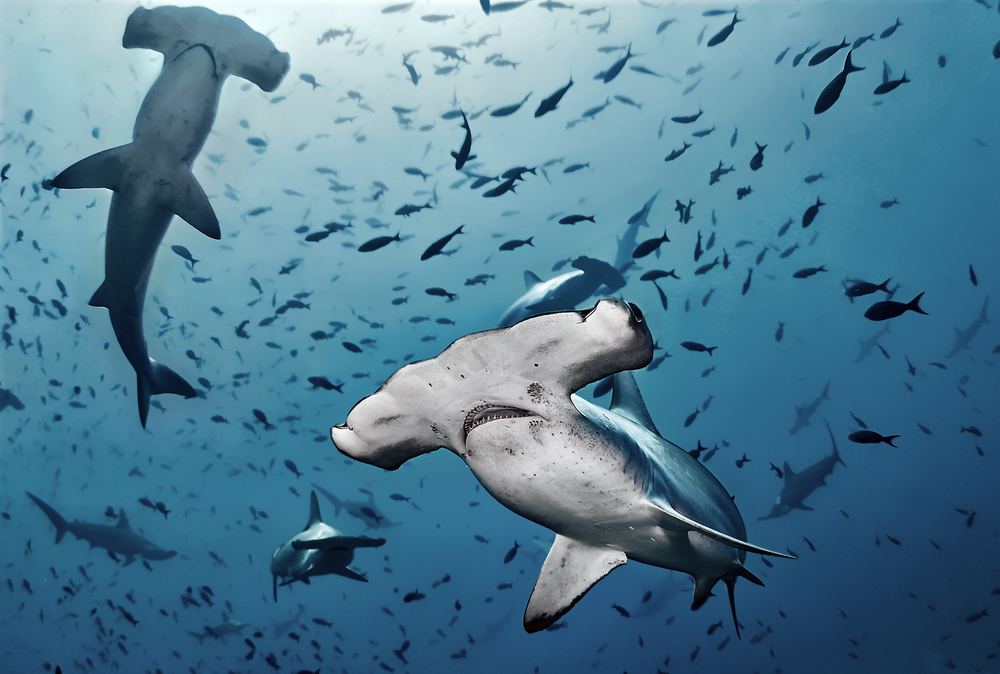
To better understand why following the best practices for shark and ray tourism is important, we first need to dive into a brief summary of why these creatures are so special.
Sharks play a critical role in stabilizing and controlling the health and balance of the oceans. They’re top predators, so they help regulate other marine species and prevent any one species from dominating the ecosystem. For example, they keeping herbivorous species (turtles, fish, etc.) at bay and preventing them from overgrazing.
Yet, human pressures on shark species have led to their decline, with many in danger of extinction. Bycatch, unsustainable trade and ecosystem degradation mean the oceans may be devoid of sharks in years to come. Yet, shark tourism provides value to living sharks, encouraging local, national and international organizations to protect our toothy friends.
Rays, like their distant cousins sharks, also play a vital role in the oceans. Many ray species hunt for crustaceans which like to feed on algae that helps protect seagrass. Rays also act as ecosystem engineers by excavating sand to feed, creating micro-habitats for essential tiny invertebrates.
Consequently, rays can be a food source as well, mainly for top predators like sharks. The fact that this species is critical both as predator and prey is sometimes referred to as a “trickle-down effect”.
Rays, with their wing-like bodies, and sharks, with their reputations, capture the attention of tourists, leading to ecotourism opportunities that benefit local communities and promote conservation. Preserving ray and shark populations is crucial for the integrity of marine ecosystems and ensuring a healthy and thriving ocean environment for future generations.
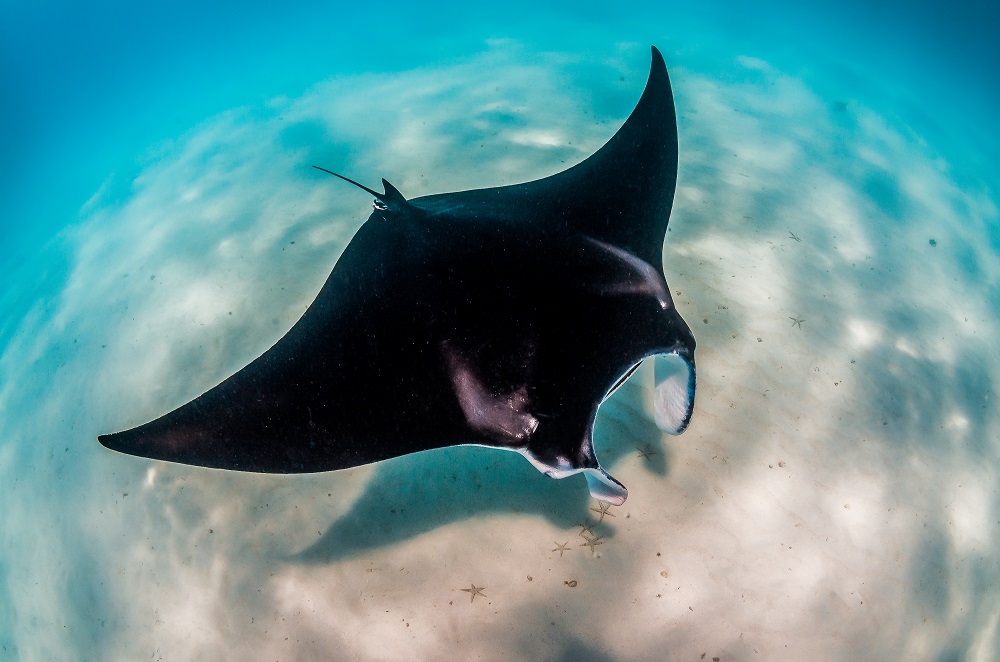
Let’s look into the best practices for shark and ray tourism. These are also called the dos and don’ts of interacting with sharks and rays.
Never touch or handle marine life – Handling marine life is dangerous for both you and the animal, so it’s best to refrain from it completely. Don’t feed marine life – By feeding marine life, you can disrupt their natural feeding habits, which, in the long run, may damage migratory behaviors and mating. Don’t corner or block their path – Allow sharks and rays to move freely without obstructing their path. Cornering or trapping them can cause distress and disrupt their natural behavior. Don’t use flash photography – Flash photography can startle the animals or put them in distress. When photographing marine life, it’s best not to use the flash. Don’t provoke or antagonize them – Just like you wouldn’t want someone antagonizing or provoking you in your home, the same goes for the animals. Respect their space. Don’t ignore instructions from guides – The guides that accompany you on these underwater adventures do this daily and know how to handle the animals the best. Remain at a safe distance and always follow their instructions. Follow all local regulations – Some localities or marine protected areas will have strict rules regarding wildlife interactions. First and foremost, ensure you operate within these boundaries. Observe and respect sharks and rays from a distance – Keep your distance! By giving the animals room to graze and roam, you won’t stress them out. This can increase the time you get to spend with sharks and rays while also practicing safe shark and ray tourism. Support PADI dive shops that support conservation – PADI dive shops follow strict protocols to ensure the longevity of marine life and to protect the ocean. By choosing a PADI Eco Center or 100% AWARE PADI Dive Center, you directly support marine protection efforts. Use eco-friendly sunscreen and other products – We all need protection from the elements; however, marine animals don’t! Be sure you’re using marine-safe sunscreen and other products that don’t contain – Oxybenzone, Octinoxate, Octocrylene, Homosalate, 4-methylbenzylidene camphor, PABA, Parabens, and Triclosan. These chemicals are harmful to the reefs, coral DNA, and coral reproductive systems. They can also cause the coral bleaching process to speed up. Spread the word – Spread the word regarding safe shark and ray tourism. Talk about the benefits of keeping these creatures safe and how you practice safe interactions. Educate yourself – By continuing your education on best practices and the ocean environment, you’re leading by example. Consider enrolling in the AWARE Shark Conservation specialty course. Follow the instructions provided by your guide – Once more, the guides you are using for your shark or ray excursion do this daily and know the animals and how they handle human interactions best. Follow their instructions to have a safe and fun experience.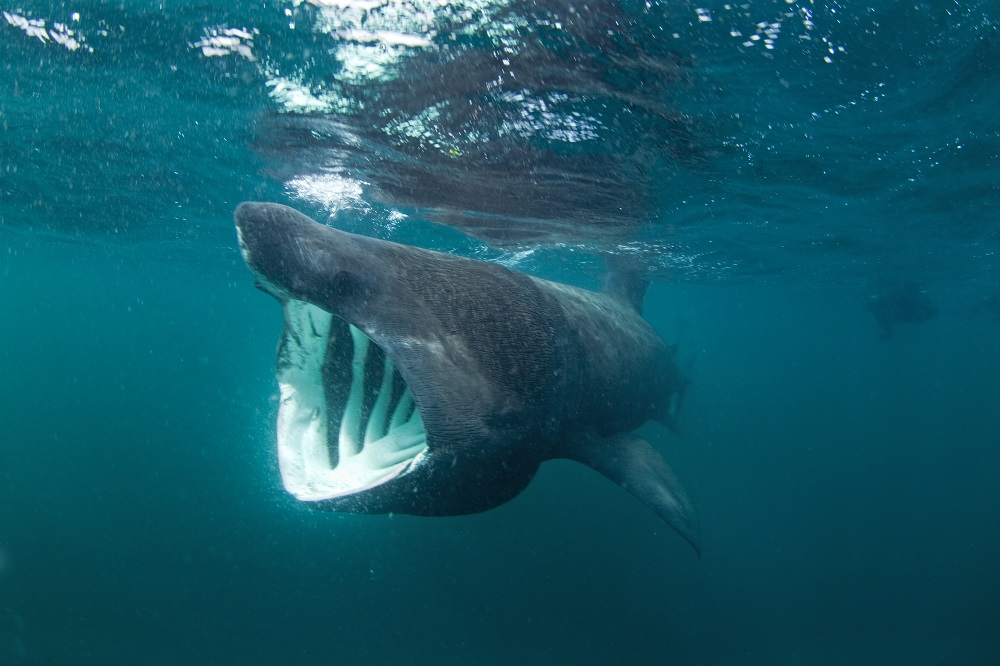
In some cases, international organizations or local marine protected areas may have already adopted best practices for interactions with certain shark and ray species. While not an exhaustive list of all the available best practices, here are a few examples:
Basking Sharks Mobulid Rays Reef Sharks Shark Cage Diving Stingrays Whale Sharks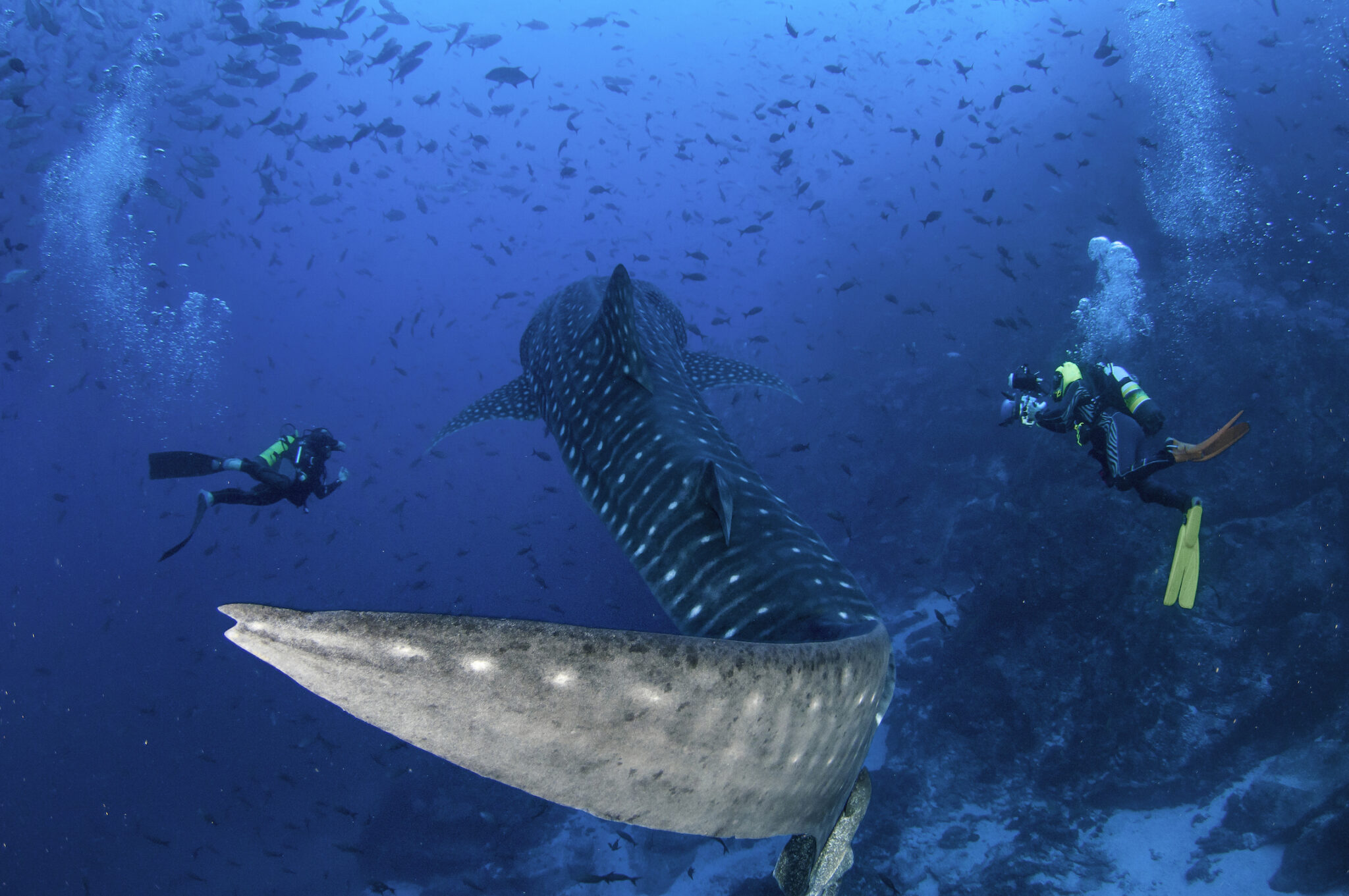
By directly supporting marine conservation efforts, you’re helping to save shark and ray species. The PADI AWARE Foundation is a publicly funded non-profit with three registered charities across the globe. The mission of the AWARE Foundation is to drive local action for global conservation.
PADI AWARE is now in the process of launching a new Shark and Ray Citizen Science Program in order to gather critical data about these threatened animals. If you want to support these efforts and help grow this community, visit the links below:
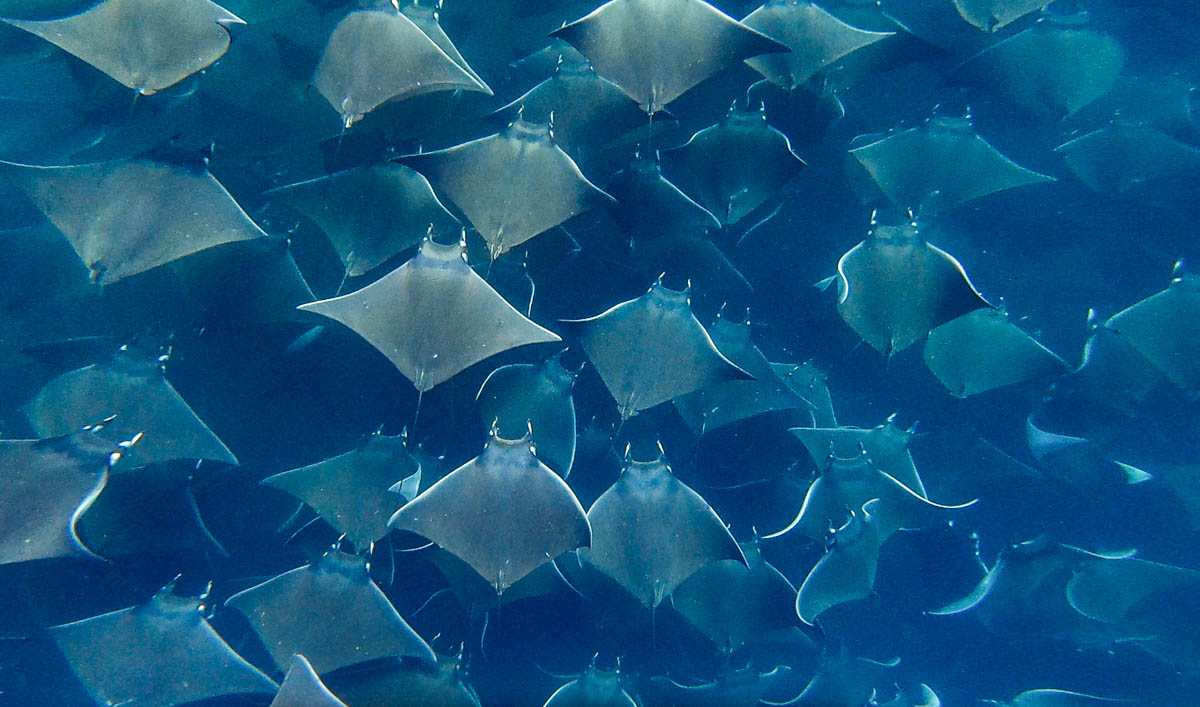
If it weren’t for majestic sharks and rays, this type of tourism wouldn’t be possible. People fly from all over the world to see certain animals. Make sure this is possible for years to come by following these simple dos and don’ts:
Don’t touch the animals. Don’t feed the animals. Respect the environment. Follow all local rules and marine protected area protocols.Conservation and protection efforts always start with one person, so why don’t you start the trend? Remember that each and every one of us is responsible for saving and protecting the underwater world we all love so much. Safe diving and happy bubbles!
Share This